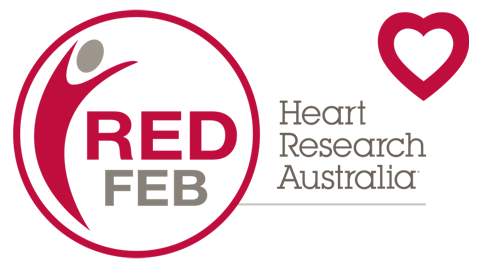Teal Ribbon Day will be held on 23rd February 2022 and aims to support Australians affected by ovarian cancer, honour those we have been lost to the disease, and also to raise awareness of this deadly disease to change the story for future generations.
The exact causes of most ovarian cancers are unknown but there are factors that may increase a woman’s risk of developing ovarian cancer.
Increasing Age
Getting older is the biggest risk factor for developing ovarian cancer.
Ovarian cancer can happen at any age, but it is usually in women who have been through menopause, with the average age of diagnosis being 64.
Hereditary Factors
These account for approximately 20 per cent of ovarian cancers. Hereditary factors include:
- inheriting a faulty gene such as a mutation in BRCA1 or BRCA2 genes
- Women of Ashkenazi Jewish descent have a higher incidence of BRCA mutations than the general population
- having a strong family history of ovarian, breast or some other cancers (colorectal or endometrial)
Other Factors
Other factors that may increase the risk of ovarian cancer include:
- having endometriosis, a previous breast cancer or diabetes
- use of hormone replacement therapy (HRT) (this applies to some ovarian cancer types)
- being overweight
- smoking, which may slightly increase the risk of developing mucinous ovarian cancer
- not having had children – women who have not had children are at a slightly higher risk
Reducing risk
There are ways to reduce the risk of developing ovarian cancer:
- surgical removal of the ovaries and fallopian tubes
- having children
- using oral contraceptives
However, these methods are not suitable for all women, and many women having adopted protective measures may still develop ovarian cancer. It is important to discuss your risk, and appropriate management, with your doctor.


